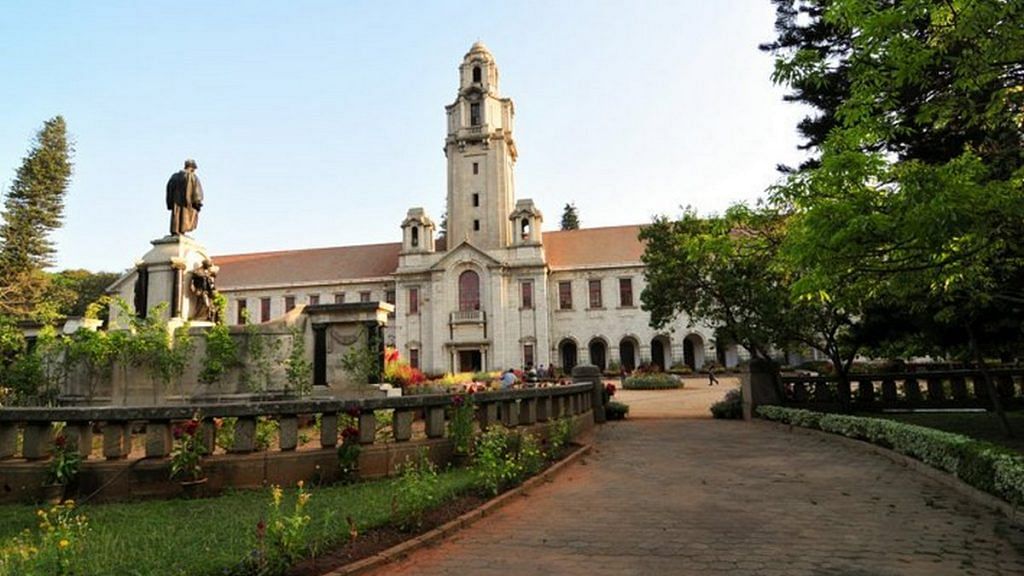New Delhi: The Modi government’s ranking system for higher educational institutes is far more accurate and transparent than the surveys conducted by QS (Quacquarelli Symonds) and Times Higher Education (THE), an IIT-Delhi study has concluded.
QS and THE, both of which are based in London, are two of the most prominent higher-education surveys in the world. But even the most celebrated Indian institutes — including the IITs and the Indian Institute of Science (IISc) — have consistently failed to crack the top 100 in these lists, with western institutions such as Oxford University and MIT continuing to hold the top positions.
The Modi government’s National Institutional Ranking Framework (NIRF) was launched in 2015 to rank educational institutes. It is part of a larger push by the administration to develop “institutes of eminence” that are recognised alongside the world’s finest.
“We compared the three ranking systems and found that NIRF is the most accurate one,” a professor from IIT-Delhi who deals with rankings told ThePrint. “We have also shared this study with the HRD ministry.”
Also Read: IIT-Delhi breaks 10-year placement records, sees robust hiring
How the rankings are calculated
Findings of the IIT-Delhi study come days after some premier IITs expressed resentment about their dismal rankings in the THE survey.
The researchers behind the study have primarily taken exception to the methodology employed by THE and QS.
QS accords the greatest weight to an institute’s academic reputation (40 per cent), which is determined on the basis of an exhaustive survey, while keeping 20 per cent each for faculty/student ratio and citations per faculty member, 10 per cent for reputation among employers, and 5 per cent each for international faculty ratio and international student ratio.
THE gives 30 per cent each to research, citations and teaching, with the rest covered by “international outlook” (7.5 per cent) — the number of foreign students and staff, and overseas collaboration — and industry income, or research income earned from industry (2.5 per cent).
NIRF, meanwhile, gives 30 per cent to teaching, learning and resources, another 30 to research and professional practice, 20 per cent to graduation outcomes, 10 per cent to outreach and inclusivity, and another 10 per cent to perception.
“THE might look like its very objective but it’s actually not,” said the aforementioned IIT-Delhi professor. “For example, when they count citations, sometimes it is on the basis of just one faculty member who has had 99 per cent of the citations… the institute still gets a good rank,” the professor added.
“IIT-Ropar is a new institute and we know how it has been doing in terms of research, but this year it got ranked above us in THE,” the professor said. “Similarly, sometimes there are institutes that are ranked very high one year and the next year they disappear without any reason.”
The same professor said the methodology was less than transparent. “They count citations and research but we have no idea how they take these into account while calculating the ranks.”
QS, meanwhile, is much more objective despite using the survey-based criterion as their primary yardstick, the professor said.
According to the faculty member, QS consults each institute on whom to approach for feedback.
NIRF methodology
The NIRF is based on formulae for calculating scores under different parameters. These formulae can be accessed on the official NIRF website, allowing each institute to calculate their score independently as well. QS and THE have not spelt out any formula on their websites.
“We have developed a formula-based method to score institutions and everything is available in the public domain,” said a senior HRD ministry official who deals with rankings. “We use scientific formulae to calculate scores for each of the parameters and none of the institutions has challenged our methods so far.”
In the 2018 NIRF, IISc, Jawaharlal Nehru University and Banaras Hindu University were ranked the top three.
Also Read: Upset IITs complain about Times rankings, HRD ministry says improve yourselves first
